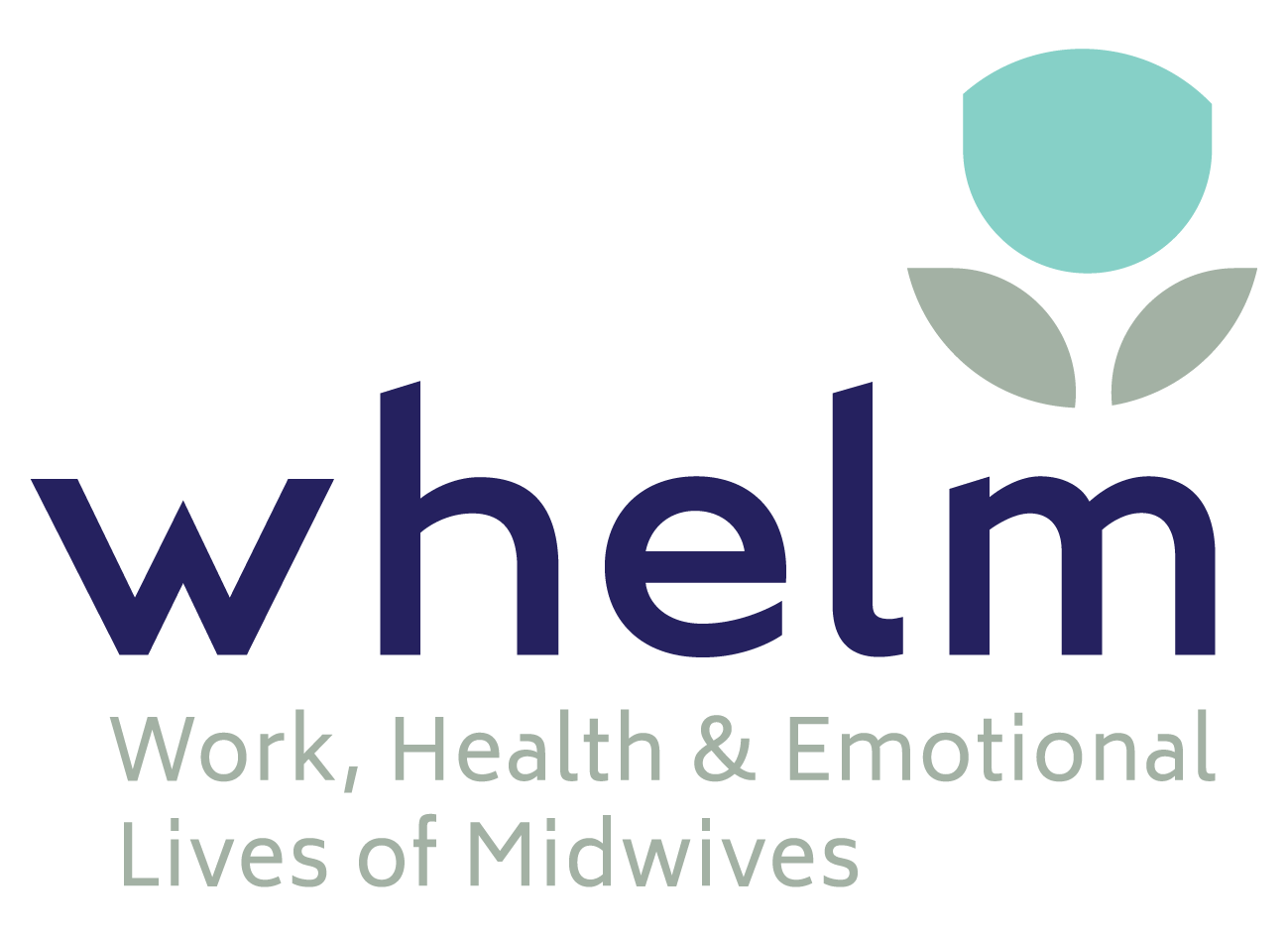Vaginal birth after caesarean around the world
VBAC is a vaginal birth after caesarean section. While planned VBAC is a safe choice for most women, rates of VBAC vary considerably. VBAC rates are high in countries like Finland, Sweden and Netherlands (approximately 50%), lower in Ireland, Scotland, Italy, Spain and Germany (approximately 30%), and lowest in countries like the US and Australia (approximately 12%) (Lundgren et al., 2020). Indeed, the rate of successful VBAC in Australia has remained stagnant over the past decade – 13.1% in 2007 to 12.1% in 2018 (Australian Institute of Health and Welfare, 2020).
Research finds that in settings where rates are low , VBAC is not considered the obvious first choice for most women (Lundgren et al., 2020). Furthermore, obstetricians tend to determine whether VBAC should be attempted in countries with low-rates rather than women themselves (Lundgren et al., 2020). In a recent US study, women described having to “fight hard” for a VBAC including navigating obstacles, finding a supportive care provider, and sometimes travelling long distances to access care (Basile Ibrahim et al. 2021). Wingert et al. (2018) conducted a systematic review of all studies that had looked at the impact of interventions (e.g., education) on planned and/or successful VBAC rates.
Strategies for maternity care providers
Education for healthcare providers about the benefits of VBAC was effective, particularly when it was provided by a respected obstetric opinion leader (Wingert et al., 2018). When doctors were required to seek a second opinion from an obstetrician – regarding first or subsequent caesarean section (CS) – the rates of planned and successful VBACs increased (Wingert et al., 2018). Furthermore, having a night float on-call system which uses doctors who were more rested, compared to doctors on a 24-hour on-call shift, increased VBAC success rates (Wingert et al., 2021).
Strategies for pregnant and birthing women
The systematic review included several studies that assessed the usefulness of a decision aid, compared to no decision aid, for women choosing between VBAC and CS for their next birth. Every decision aid was associated with an increase in women’s knowledge and decrease in their anxiety about decision – but none of the decision aids made a difference to planned VBAC rates (Wingert et al., 2018).
Health system strategies
Providing hospitals funding contingent on increasing VBAC rates was an effective strategy in one study (Wingert et al., 2018). Models of care – midwifery continuity of carer, midwifery antenatal continuity, and dedicated VBAC antenatal clinics – were associated with higher rates of planned and successful VBAC compared to standard care (Wingert et al., 2018).
Midwifery continuity of carer models
Women’s experiences of planned VBAC in midwifery continuity of carer models were more positive than standard care (Keedle et al., 2020). For example, women were more likely to feel in control of their decision making and feel their health care provider positively supported their decision to have a VBAC. Furthermore, women with a known midwife were more likely to have been active in labour, labour in water, and use an upright birth position (Keedle et al., 2020).
A small randomised trial aimed to compare a midwifery continuity of carer model (antenatal, birth, postnatal), with a midwifery antenatal continuity model, on VBAC rates (Homer et al., 2021). In this study, there was no significant difference between midwifery continuity of carer or antenatal continuity for planned VBAC (67% vs 57%) or VBAC success (28% vs 33%) (Homer et al., 2021). However, the likely reason was that both models were similar to each other (i.e. women saw a similar number of midwives antenatally and during labour and birth) (Homer et al., 2021). Therefore, a trial of midwifery continuity of carer – using a model where a genuine and trusting relationship can develop between midwife and woman – is still required (Homer et al., 2021).
Recommendations to support VBAC
Health services should increase access to models of care that include a significant role for midwives, and use evidence-based strategies that proactively encourage vaginal birth for women after previous CS (Davis et al., 2020).
Maternity care providers can facilitate women to plan a VBAC by providing information in a supportive way, viewing VBAC as the first alternative in the absence of complications, and helping women to ‘let go’ of their previous childbirth experience to prepare for their next birth (Nilsson et al., 2017). The discussion of risks and benefits for next birth after CS, should include information about recovery from surgical birth (Davis et al., 2020). During labour, midwives and obstetricians can help women achieve a VBAC by offering calm and confident support (Nilsson et al., 2017).
A national mass media public health campaign about the benefits of VBAC has been an effective strategy in one country with low rates of planned VBAC. Women who viewed the campaign had increased self-reported knowledge, positive attitude towards VBAC and higher intention toward VBAC (Majilesi et al., 2020). A similar campaign could be considered in other countries with low rates of VBAC intention.
Highlighted research
Homer, C., Davis, D. L., Mollart, L., Turkmani, S., Smith, R. M., Bullard, M., Leiser, B., & Foureur, M. (2021). Midwifery continuity of care and vaginal birth after caesarean section: A randomised controlled trial. Women and Birth, S1871-5192(21)00089-5. Advance online publication. https://doi.org/10.1016/j.wombi.2021.05.010
References
Australian Institute of Health and Welfare. (2020). National Core Maternity Indicators 2018: summary report. Retrieved from Canberra: https://www.aihw.gov.au/reports/mothers-babies/national-core-maternity-indicators-summary-report
Basile Ibrahim, B., Knobf, M. T., Shorten, A., Vedam, S., Cheyney, M., Illuzzi, J., & Kennedy, H. P. (2021). “I had to fight for my VBAC”: A mixed methods exploration of women’s experiences of pregnancy and vaginal birth after cesarean in the United States. Birth (Berkeley, Calif.), 48(2), 164–177. https://doi.org/10.1111/birt.12513
Davis, D., S Homer, C., Clack, D., Turkmani, S., & Foureur, M. (2020). Choosing vaginal birth after caesarean section: Motivating factors. Midwifery, 88, 102766. https://doi.org/10.1016/j.midw.2020.102766
Keedle, H., Peters, L., Schmied, V., Burns, E., Keedle, W., & Dahlen, H. G. (2020). Women’s experiences of planning a vaginal birth after caesarean in different models of maternity care in Australia. BMC Pregnancy and Childbirth, 20(1), 381. https://doi.org/10.1186/s12884-020-03075-8
Lundgren, I., Morano, S., Nilsson, C., Sinclair, M., & Begley, C. (2020). Cultural perspectives on vaginal birth after previous caesarean section in countries with high and low rates – A hermeneutic study. Women Birth, 33(4), e339-e347. https://doi.org/10.1016/j.wombi.2019.07.300
Majlesi, M., Montazeri, A., Rakhshani, F., Nouri-Khashe-Heiran, E., & Akbari, N. (2020). ‘No to unnecessary caesarean sections’: Evaluation of a mass-media campaign on women’s knowledge, attitude and intention for mode of delivery. PloS One, 15(8), e0235688. https://doi.org/10.1371/journal.pone.0235688
Nilsson, C., van Limbeek, E., Vehvilainen-Julkunen, K., & Lundgren, I. (2017). Vaginal birth after cesarean: Views of women from countries with high VBAC rates. Qualitative Health Research, 27(3), 325–340. https://doi.org/10.1177/1049732315612041
Wingert, A., Johnson, C., Featherstone, R., Sebastianski, M., Hartling, L., & Douglas Wilson, R. (2018). Adjunct clinical interventions that influence vaginal birth after cesarean rates: Systematic review. BMC Pregnancy and Childbirth, 18(1), 452. https://doi.org/10.1186/s12884-018-2065-x








